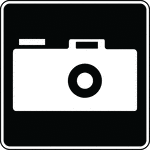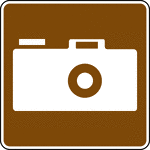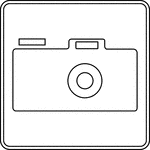Clipart tagged: ‘camera’
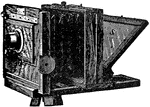
Camera
A device used to take pictures, either singly or in sequence, with or without sound recording, such…

Camera Lucida
"An optical instrument employed to facilitate the sketching of objects from nature by producing a reflected…

Camera Obscura
"An optical instrument employed for exhibiting the images of objects in their forms and colors, so that…

Camera Obscura
"Camera obscura strictly signifies a darkened chamber, because the room must be darkened, in order to…

Camera Obscura
"Camera obscura strictly signifies a darkened chamber, because the room must be darkened, in order to…
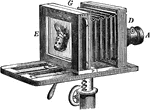
Bellows Camera
"The photographer's camera corresponds to the camera-obscura. A darkened box, adjustable in length,…
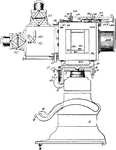
Photographic Camera
Equipment for taking photographs (usually consisting of a lightproof box with a lens at one end and…

Vignetting Camera Attachment
Although vignetting is normally unintended and undesired, it is sometimes purposely introduced for creative…

Woman Standing Behind Camera
An illustration of a woman in a long dress and hat standing behind a camera.





